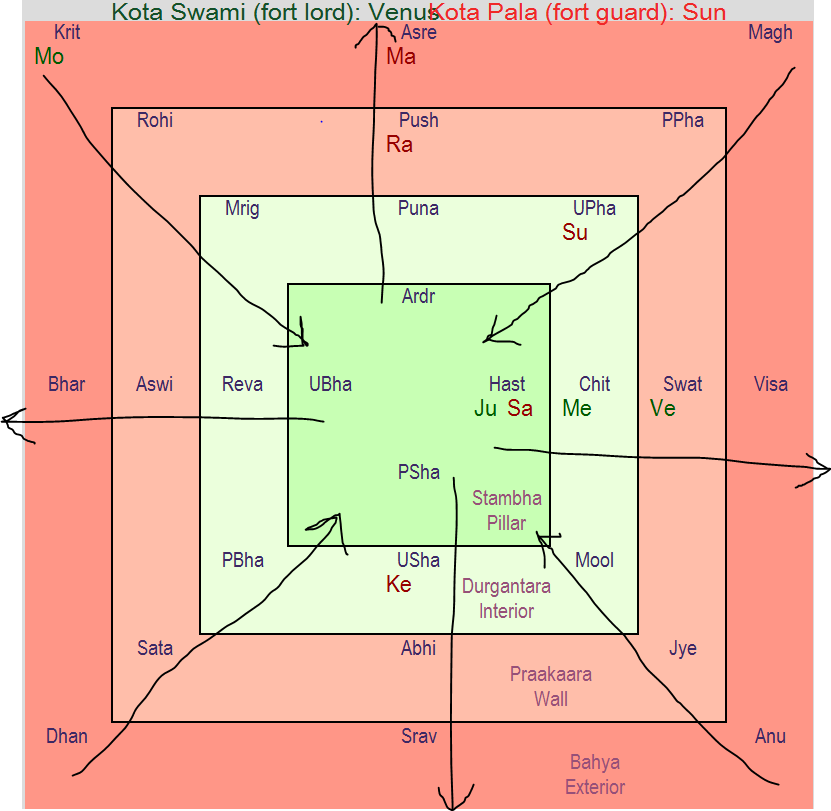

Singh, S, Singh, N.: Blockchain: future of financial and cyber security. In: 978-1-5386-1996-4/17 6th International Congress on Big Data PP557-564 IEEE (2017).ĭennis, R., Owenson, G., Aziz, B.: A temporal Blockchain: a formal analysis. Zheng, Z, Xie, S., Dai, HN., Chen, X., Wang, H.: An overview of Blockchain technology: architecture, consensus, and future Trends. Lin, I.C., Liao, T.C.: A survey of Blockchain security issues and challenges. In this analysis paper we discussed what is Blockchain?, SWOT analysis of BC, Types of BC and how Blockchain works along with its advantages and disadvantages. Blockchain is a transaction database which contains information about all the transactions ever executed in the past and works on Bitcoin protocol. It allows users to make and verify transactions immediately without a central authority. It validates the transactions using peer-to-peer network of computers. Blockchain tries to create and share all the online transactions, stored in a distributed ledger, as a data structure on a network of computers. Blockchain is a digitized, de-centralized, public ledger of all crypto-currency transaction/s. The technology behind using the Bitcoin is popularly called as Blockchain. This leads to the invention of various kinds of crypto-currency, Bitcoin being one of them.


We compare Hora to a monolithic approach and the results show that our approach can improve the area under the ROC curve by 9.9%.Any online transaction that involves digital money is a bit of a challenge these days with the rising threats of hackers trying to steal bank details posted online. Our approach is evaluated using Netflix’s server-side distributed RSS reader application to predict failures caused by three representative types of faults: memory leak, system overload, and sudden node crash. The failure propagation is modeled using Bayesian networks which incorporate both prediction results and component dependencies extracted from the architectural models. In this paper, we propose a hierarchical online failure prediction approach, called Hora, which combines component failure predictors with architectural knowledge. They disregard the fact that the failure in one component can propagate through the system and cause problems in other components. Current failure prediction approaches look at the system or individual components as a monolith without considering the architecture of the system.

In order to execute proactive actions, the goal of online failure prediction is to detect these failures in advance by monitoring the quality of service or the system events. Reactive approaches detect these failures after they have occurred and already caused serious consequences.
#Systems approach in jagannatha hora software
Complex software systems experience failures at runtime even though a lot of effort is put into the development and operation.


 0 kommentar(er)
0 kommentar(er)
